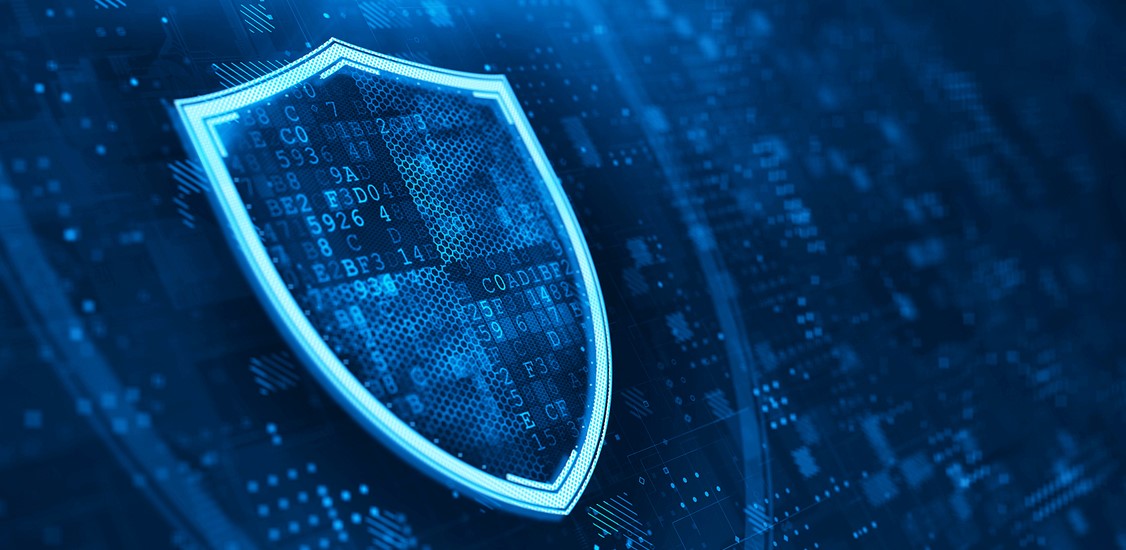5G leads to faster speed and better coverage, but one of the rarely mentioned benefits in public discourse is security - it eliminates known threats with end-to-end encryption. Last year, a telecommunications company was hacked, impacting more than hundreds of its clients and potentially millions of cellphone users worldwide. Additionally, the U.S. Federal Trade Commission has received more than 223,000 telecom fraud claims related to Covid-19 so far this year. This just highlights the need to improve telecom security around the world.
While 5G certainly can improve telecom security with more encryption, in the long run, there is also unquestionably a greater risk of cyber-attacks because networks are still adopting it slowly. Plus, the increase of IoT-based devices simply provides a greater platform for fraudsters to run distributed denial-of-service (DDoS) attacks. So how do we address these potential pitfalls? Let’s look at what options are available to fight fraud in the 5G era.
End-to-end security
Previously, mobile networks such as 2G and 3G used Signalling System No. 7 (SS7) telephone signaling protocol to transfer data. However, there was practically no security so it was easy to listen in on phone calls and text messages. With the introduction of 4G, some of these issues were fixed with a technology called ‘Diameter’, so that sensitive data could travel from one network to another.
However, when going through an intermediary such as Syniverse, the message has to be decrypted and re-crypted, where it becomes exposed. This is where 5G solves the problem, as data remains encrypted even when passing through an intermediary. Unless 5G becomes universal, this weakness in decryption will remain, and while protocols such as SS7 are still in use, data is vulnerable to hacking. That’s why we need to adopt 5G much faster and replace obsolete protocols to create secure networks.
Why latency Is crucial
5G’s ability to vastly improve latency is a key cornerstone to building more secure networks in the future. We usually think of the delay between two phones on a Facetime or Whatsapp video call when discussing latency, but it also has a vital influence on security when detecting a user's action and a web application's response.
5G can reduce latency by 10 times compared to 4G, enabling communications service providers (CSPs) to detect fraud much quicker with faster transmission speeds. Companies need to reconsider whether their provider is moving towards data architecture centered around 5G in order to effectively prevent fraud and hacking.
Bigger databases and machine learning
In order to effectively block fraudulent transactions and users from making unauthorized changes, databases need to be able to process subscriber information such as location in real-time. In-built machine learning (ML) algorithms can help here to identify suspect behavior faster and stop it from ever occurring. Everyone has received the ‘unusual sign-in’ notification on their email at some point for logging in on a different device or location. Software empowered by 5G can tackle this problem instantly. 5G allows these databases to absorb data from various sources and automatically apply the rules which machine learning has helped to develop, processing millions of operations accurately.
The financial benefits for companies
Accenture recently published a report stating that the average annual cost of cybersecurity incidents is approximately $11 million (across 254 companies that were assessed). Costs can be vastly reduced by merging networking and security. Although some companies still view paying for a more secure network as an unnecessary expense, the consequences can be devastating in the amount lost from attacks, particularly for a small company.
In fact, 60% of smaller businesses completely collapse within six months of falling victim to a data breach or cyber attack. In July this year, a Swedish grocery retailer was forced to close 800 stores with the suspected culprits being the Russian cyber-terrorist group, REvil. Cyber attacks also have a huge impact on customer confidence which is potentially more valuable than anything else.
There is no doubt that as we continue to develop rapidly in terms of connectivity, more focus needs to be paid to the security of all these connected devices. The expansion of 5G poses challenges, but its adoption on a global scale is also crucial to improving network security. Before we become overwhelmed by a population using insecure devices with no plan on how to consolidate a semi-5G ecosystem, governments should work together to develop a cohesive strategy on how to safely implement a tech infrastructure that works entirely with 5G.




















